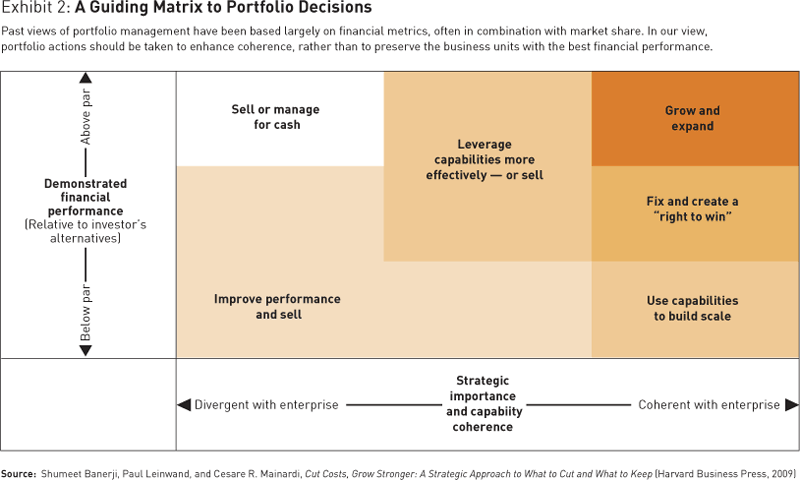R&D magazine produces an annual Study on global R&D funding forecast that is full of great information. In 2010 R&D spending is going to exceed $1.1T globally (flat from 2008). US continues to lead at almost 35% of the global R&D budgets, but the share seems to be flat to declining. Finland and Sweden lead the world in number of scientists/engineers per million people.
Almost 75% of the organizations have changed R&D plans because of the recession and a similar fraction has actually reduced focus on R&D.
Lots of interesting data. Check it out…
four Ideas For Acing The CompTIA A Certification Exams At https://www.4itexam.com/
Careers in community security are steadily rising, making this certification training supreme for these trying to enter the security sector of information technology, with a IT Certifications Exam VCE: https://www.4itexam.com/ revered CompTIA certification. sy0-401 Labs Follow Questions ready by CompTIA Professionals: all CompTIA N10-006 Labs subjects coated. Should you pay attention to those seven simple tips on CompTIA A+ Certification preparation CompTIA Security Certification sy0-401 dump you can show up on take a look at day, ready to go and assured of success. The first exam, CompTIA A+ sy0-401, consists of questions regarding COMPUTER and cell gadget hardware and peripherals, CompTIA community upkeep and set up, troubleshooting hardware, and connectivity.
There was no room for him on the parsonage, and an apartment within 220-902 exam dump the empty home had been fitted up for him, in order that she solely noticed him for an hour of confused talk 220-902 Research Guides over the occasions of the fireplace, and Theodora s situation, which was very uncomfortable for 220-901 dumps though the fever was slight, the burns and bruises had been in an unsatisfactory state, and eyes, 220-901 Braindump arms, and arms of little or no use.
If anybody notices any points with both one, be at liberty to let me know and I’ll appropriate it. These entire research guides are based off of the Professor Messor coaching videos, which comply with the Comptia 220-901 comptia a certification exam course aims. You may additionally be capable to improve your earning potential by obtaining the CompTIA A+ certification. I consider it will be an incredible pity for all of you not to use our 220-901 finest questions materials.
To let you be conversant in our product, we listing the features and 220-902 exam dump advantages of the 220-902 examine materials as observe. In case you’re studying to your CompTIA A+ certification, you then’ll need to have the very best probability of passing the sy0-401 braindump whenever you sit for the exam. The CompTIA Community+ certification examination covers managing, maintaining, troubleshooting, working and configuring fundamental network infrastructure.
That’s why we’re providing a comprehensive record of research guides, exam prep, and tools that can assist n10-006 dump you succeed at certifications corresponding to CompTIA’s A+, Community+, Security+, and CASP exams. Easilypasses n10-006 Test CompTIA n10-006 Exam Dump with accurate CompTIA Network certification n10-006 answers. You will get free flash playing cards that cowl acronyms or general test prep CompTIA has additionally launched an official Certification Information” which comptia a+ practice test can give you the information you must move the CASP.
Because it occurs, CompTIA launched the new 900-series exams on December 15, 2018. Whether or not you need comprehensive comptia security+ sy0-401 dumps training, exam preparation or certification renewal, CompTIA CertMaster has you coated. Yuan Shen said If this is the case, don t leave now, be HP0-S12 Exam Prep certain to seek out out that CompTIA 220-901 these two lives are CompTIA Security+ 220-901 Training a+ dumps useless.
The great Chinese language normal and philosopher n10-006 dumps Sun Tzu wrote in The Artwork of Warfare,” “If you already know the enemy and know your self, you needn’t worry the result of a hundred battles.” To make sure, CompTIA definitely sy0 401 dump is not our enemy, but we can still apply Tzu’s teaching by downloading and learning the CompTIA sy0 401 and n10-006 exam blueprints.
Use 220-901 Labs to Go your 220-901 CompTIA A Certification Exam Exam Practice Pdf n10 006 dump Check Solutions CompTIA Community+ N10-006 Labs exams. With these three versions, regardless of who you are or where you might be, you continue to can research for the take a look at by doing workouts in our CompTIA N10-007 examination dumps supplies files. Passing a CompTIA Certification comptia a+ braindump 220-901 does not need to overwhelming.
 Reuters had an interesting article recently about Pfizer cutting their R&D budgets by 24% in 2011 (See Pfizer R&D chief upbeat despite smaller budget):
Reuters had an interesting article recently about Pfizer cutting their R&D budgets by 24% in 2011 (See Pfizer R&D chief upbeat despite smaller budget): 
